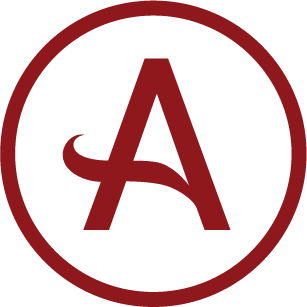
Asian Scientist (Jul. 10, 2013) – A device for people with visual impairments that scans documents such as newspapers and magazines and reads them aloud has been launched in India.
ClearView+ Speech, which was developed by Netherlands-based firm Optelec, will be marketed across the country by BarrierBreak Technologies, an Indian accessibility and assistive technology firm.
The device is a desktop video magnifier that scans printed material, displays it enlarged on its screen and uses optical character recognition to read it out. The user can select the portion of text they wish to have read aloud using the touch screen.
According to Shilpi Kapoor, BarrierBreak’s founder director, the device can read aloud in 30 languages although, currently, none of these are native. However, it has an option for reading an English text in an Indian accent.
The device was launched in Mumbai in April.
Kapoor says her company collaborates with international assistive technology providers to make their products accessible to Indian users.
“We specialize in assistive technology,” she tells SciDev.Net. “But instead of designing our own devices and reinventing the wheel, we thought it was better to become a channel for what is available across the world.”
She says that computer and mobile phone technologies have become “enormous enablers”.
“For a blind and deaf person, communication is the biggest challenge. If you give them a mobile phone with a Braille displayer, their whole life changes. They find that they can send and receive messages,” says Kapoor.
BarrierBreak also works with Dolphin Computer Access. Two of this UK firm’s most popular products are SaySo, a computer toolbar for dyslexic people, people with learning difficulties and the visually impaired that can read out portions of a document or read out text as a user types it, and SuperNova, which consists of a screen magnifier, full screen reader and Braille keyboard to help visually impaired people use computers and access the Internet.
One challenge with improving access to technology for people with disabilities is ensuring that the tools developed can be configured with the mobile phones and computers that people use. This is where companies such as Microsoft and Apple come in, says Kapoor.
For example, Microsoft India’s products are compatible with those of Optelec and Dolphin, according to Microsoft India’s corporate citizenship manager, Gauri Arora.
The organization is working with BarrierBreak to ensure that its products continue to work well with Microsoft technology, she says. Its software contains accessibility checkers so that users can report if a feature is not accessible and suggest what can be done to make it so.
Bhavesh Kumar, a visually impaired person who works as an assistant for BarrierBreak, says that products such as screen readers are only of use if they are compatible with your computer. And often one device may not suffice.
“You may need different tools for different needs,” he says.
Arora adds that legal compulsions mean that Western companies have to create accessible products.
“Anti-discrimination laws in developed countries compel companies to design their computers with the disabled in mind,” she says. “The law does not allow you to exclude the disabled, and so you have to design for all.”
——
Source: Science and Development Network; Photo: Christian Liechti/Flickr.
Disclaimer: This article does not necessarily reflect the views of AsianScientist or its staff.












